The International Tracking Symposium 14-15 February 2026
This event will be an online event we hope to see you there
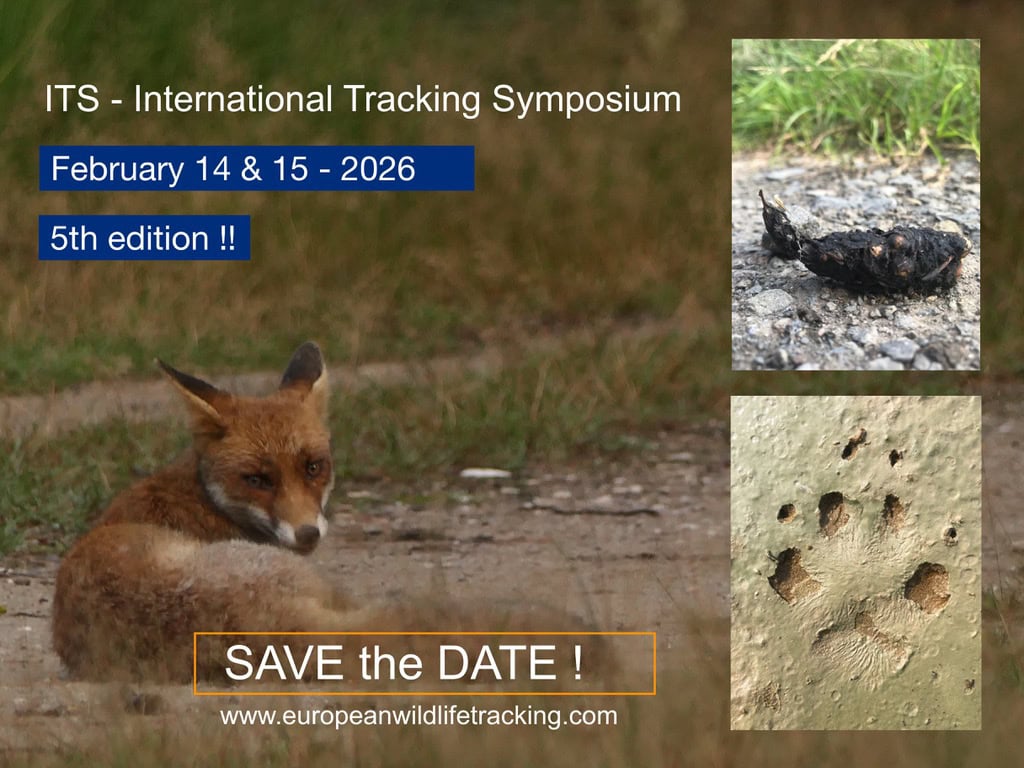
2026 Booking Now Available
The 2026 International Tracking symposium is now ready for booking, please find below details of the speakers who have kindly agreed to contribute to the event.
We will be adding to this list in the coming weeks.
As always the profits from this event go towards increasing the awareness and practice of wildlife tracking and the CyberTracker system across our region.
Booking is available through Eventbrite we have three options for ticket prices:
Students and OAP’s have the option of booking a discounted ticket at €60
The standard ticket price is €80
Anyone wishing to support our work by paying extra can purchase a ticket for €100
We think it is vital that we build a community of trackers across our region.
John Rhyder & Rene Nauta
ITS 2026
This year we have a full two days, a packed event of lectures and discussions from leading wildlife trackers and naturalists from several tracking related disciplines. It will be delivered in English and all will be on line via zoom.





- Nest mapping for wind energy and other construction projects
- Browsing damage assessments for forestry offices
- Bark damage assessments for forestry offices
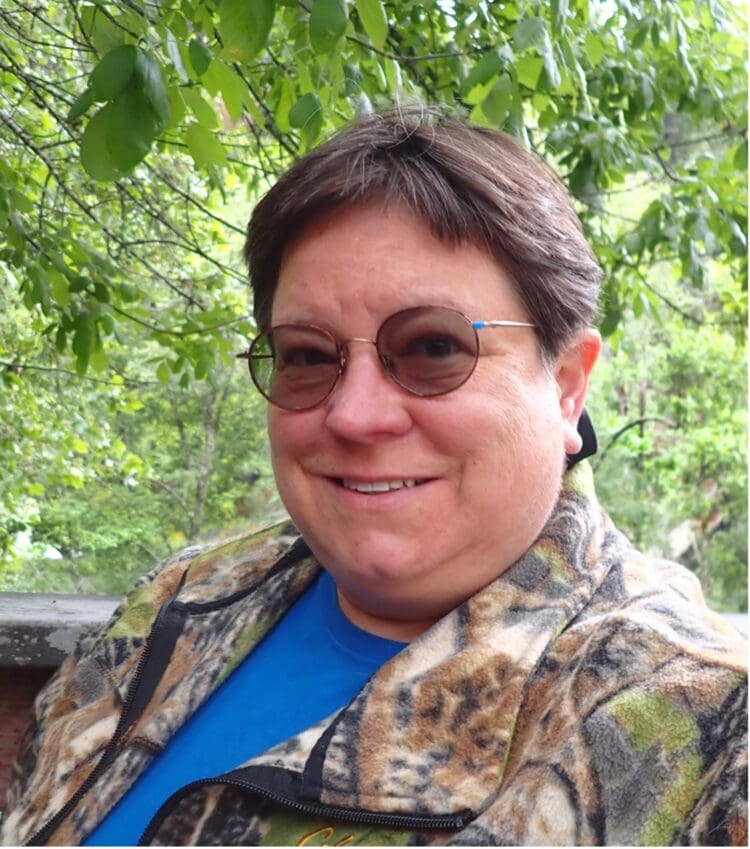
Kim Cabrera
Kim Cabrera is a lifelong tracker and nature enthusiast. Cabrera earned CyberTracker Track and Sign Specialist certifications in the forest and desert biomes in the USA. She has a Level II Trailing certification. Cabrera created the first web site dedicated to tracking in 1997, and has taught tracking in state parks in California, and for various conservation organizations in northern California.
Learning Tracks Through Illustration
In this presentation, I will present a method I use for using graphics software and track observations to enhance the learning process. Drawing is a great way to solidify track details in your mind and is used to deepen the study of individual species’ tracks.
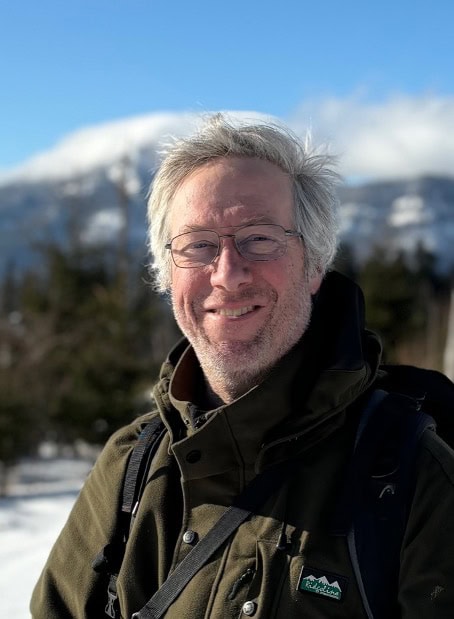
Robin Rigg
Robin Rigg is chairman of the Slovak Wildlife Society, which he established in 1998. He is a zoologist specialising in large carnivores, their management and coexistence with human communities. He has a Bachelors degree in Natural, Medical & Veterinary Science from Cambridge University and gained his Masters degree in Zoology from the University of Aberdeen with a thesis on “The extent of predation on livestock by large carnivores in Slovakia and mitigating carnivore-human conflict using livestock guarding dogs”. Since moving from Scotland to Slovakia in 1996 much of Robin’s work has focused on wolves, bears and lynx and their interactions with local people. He is an active member of the IUCN-IBA Bear Specialist Group and the Large Carnivore Initiative for Europe. In 2016 he was appointed a member of the Ministry of the Environment’s Working Group for the Management of Large Carnivores in Slovakia.
Wolf hunting behaviour: insights from tracking
Tracking is a valuable method to learn about animal movements, behaviour and landscape use that can support wildlife research and conservation efforts. Combination of track and sign identification with trailing and other techniques has the potential to reveal, for example, hunting strategies and interactions between predators, prey and scavengers. In this presentation, case studies are shown from Carpathian Wolf Watch: White Wilderness volunteer weeks (http://slovakwildlife.org/en/activities/whitewilderness). In one such instance, forward- and back-tracking documented the movements of a pack of wolves over several days, during which they made multiple kills and (re)visited older carcasses.
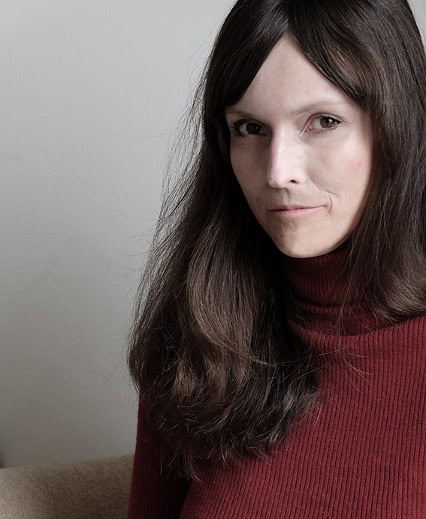
Josephine Kaatz
Josephine Kaatz is a tracker since 2021. Her work as photo editor for various magazines with focus on nature (such as GEO magazine, Walden and transform magazine) deepened her interests in environment and animal communications.
In addition to her commissioned work, she explores the art of tracking with her camera lens.
Title: Temporary moments – Photo Slide Show
The presented photographs capture findings and landscapes during the process of tracking, while at the same time invite the viewer to get lost in the temporary moments and beauty of tracking and reconnection with nature.
You can find out more about her work on her website: www.josephinekaatz.com.

Sören Decraene
Sören Decraene is a passionate tracker and outdoor enthusiast who enjoys teaching others about the wonders of nature. He also likes to spend time alone in the woods getting close the wildlife to document their behaviour or take pictures of them. He has a Professional level Track and sign in the Cybertracker system.
Signs, who, what and why
In this talk we will be discussing some common sign, what it looks like, who made them and why all accompanied by video-footage to better understand the origin of the sign we encounter on our walks in nature.
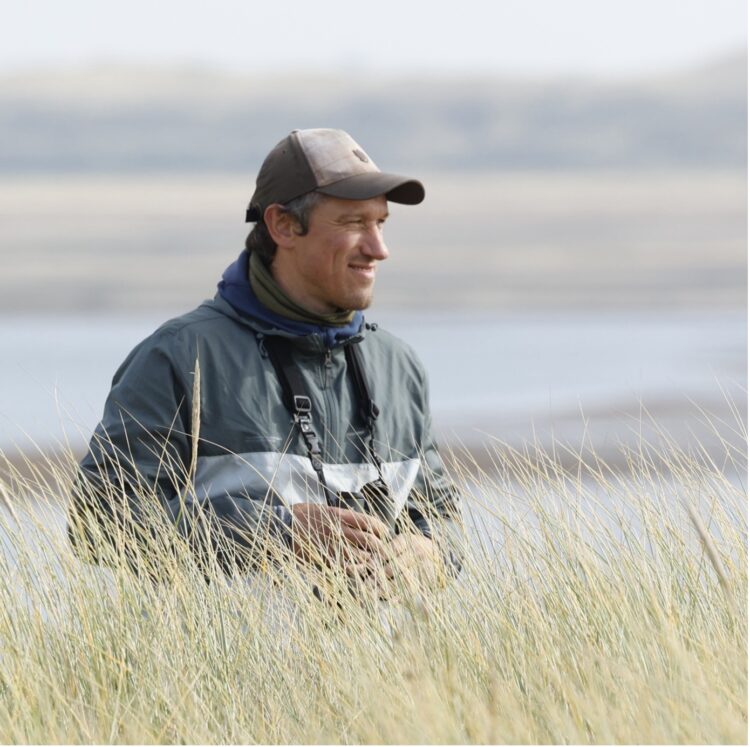
Bernd Schelker
Bernd Schelker works for various planning and environmental agencies, for which he mostly maps planning-relevant and protected birds and writes species protection reports. Tracking, birding and photography also draw him out into nature almost every day.
Job opportunities for trackers – Earn money as a tracker instead of spending money on more books
During my career as a tracker and biologist, I was fortunate enough to use this knowledge to find job opportunities at environmental agencies and forestry offices.
In my presentation, I will introduce three methods that give you a good chance of finding job offers as a career changer (tracker, biologist) at forestry offices or environmental agencies.
For the dedicated trackers, the basics of this, namely recognising and assessing the relevant tracks, are usually well known. In this presentation, I will explain exactly which tracks and signs need to be looked at and what the assessment procedures and (sometimes statistical) methods for the various institutes look like.

Frank Fass
Frank Fass is founder and owner oft a unique Wolf Information Center „Wolfcenter“ in Germany, Lower Saxxony. Frank is interested in finding effective solution toprevent livestock according to wolf attacks. Nevertheless wolves attack even cattle and horses in Germany.
Traces left by wolves during attacks on wild animals and livestock.
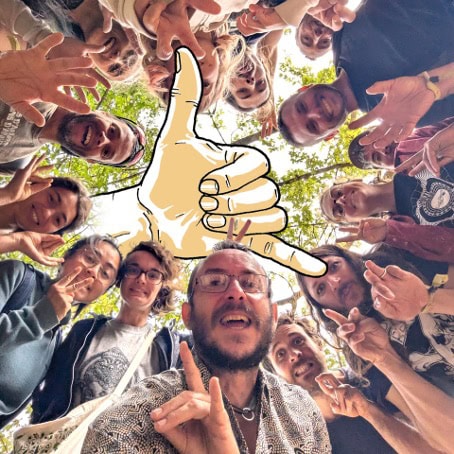
Francis Collie
Francis Collie: Francis is a CT certified tracker living in the woods by the Valley of Mankind, Dordogne (France), famous for the multitude of its prehistoric rock-art caves. In 2014, he founds the French tracking association Je Suis La Piste to share his passion and connect with various First Nations’ people. He has also created tracker intervention-group Périgord Pistage and is co-founder of national association France Pistage.
TRACKIE TALKIE,
A stealthy and intuitive communication system for groups of trackers.
Created in 2022 for the needs of “Périgord Pistage“ intervention trackers-group (presented during ITS 2024), this sign language was then taught to hundreds of curious through our workshops, rapidly expanded to the French- then the international tracking community (ITS 2025). Trackie Talkie is based on many existing sign languages (traditional Aboriginal & Lakota, scouts, trappers, military and “civilian” sign languages), with a peculiarity : each sign has to be stealthy (using only one hand and little-to-no- movement) and as intuitive as possible.
Tracking as a group is fun and useful, but lots of talking usually kicks in, startling wildlife and breaking concentration. Trackie Talkie is the perfect tool to make the most out of your group-tracking experiences !

Diliana Welink
Diliana Welink: is Level 3 CyberTracker track and sign, MSc Biology a Certified Naturalist and entomologist. She is fascinated by the role of insects in this world and their relations with different kinds of species and loves to make people aware of them and their sign.
Invertebrate tracks on beach and riverbank
When on the beach, it’s inevitible you’ll pick up a shell. At least one…. But which species is it? How can you see whether its fossile or not? Who made the little round holes in some shells? Why are there countless little holes on the mudflatts? You can pick up so many amazing stories on each beach. I will tell you some from the Netherlands.

Michael Hewing
Michael Hewing: has been a tracker since 2018 and he is mapping bats for living, as a freelancer he is also monitoring otters and dormice.
Very fascinated from observing animals day and night, he spends a lot of time with night visions, cameras and binoculars in the fields.
With www.wildlife-muenster.de he teaches track & sign and he shows people carefully the nocturnal wildlife.
“Otters – Ecology and detection of a secret predator”
Otters are fascinating and elusive members of the mustelid family.
While many wildlife trackers are familiar with their signs, finding otters systematically in the wild can be quite challenging.
Which signs are truly distinctive, and how can we tell them apart from those of other animals?
In this talk, Michael Hewing will explore these questions and reveal how these remarkable creatures are perfectly adapted to their habitats.

Andreas Wenger
Dr. Andreas Wenger is a medical specialist, a long-standing ornithologist, a nature-loving traveler, a tracker, and founding chairman of a regional conservation NGO. He is also involved in environmental education, contributes articles, and in 2024, his book on bird tracks was published.
Tracks of small passerine birds
These often appear similar and are frequently considered indistinguishable. Consequently, within the tracking community—and with few exceptions—more than 20 bird families, comprising around 100 species, are commonly grouped under the general category of ‘small perching birds.’ This presentation seeks to contribute to a more nuanced understanding by exploring refined approaches to track identification.
Based on a newly published book (Wenger, A. (2024): Vogelspuren – Entdecken und verstehen. Quelle & Meyer, Wiebelsheim.) on bird tracks, the introduction outlines approaches for conducting independent research in this topic. A central aspect of this approach is the development of an idealised track type, derived from a variety of individual footprints and incorporating foot morphology as a central factor.
Subsequently, methods of identification are discussed, combining analytical parameters with tools that support intuitive recognition—at first glance. The analysis is based on dimensions and proportions, while a template / stencil is intended to stimulate intuitive perception.
Where appropriate, the analysis may be extended to include further morphological characteristics, gaits, and ecological context. This often allows for identification at the species level, or at minimum, assignment to the correct family.
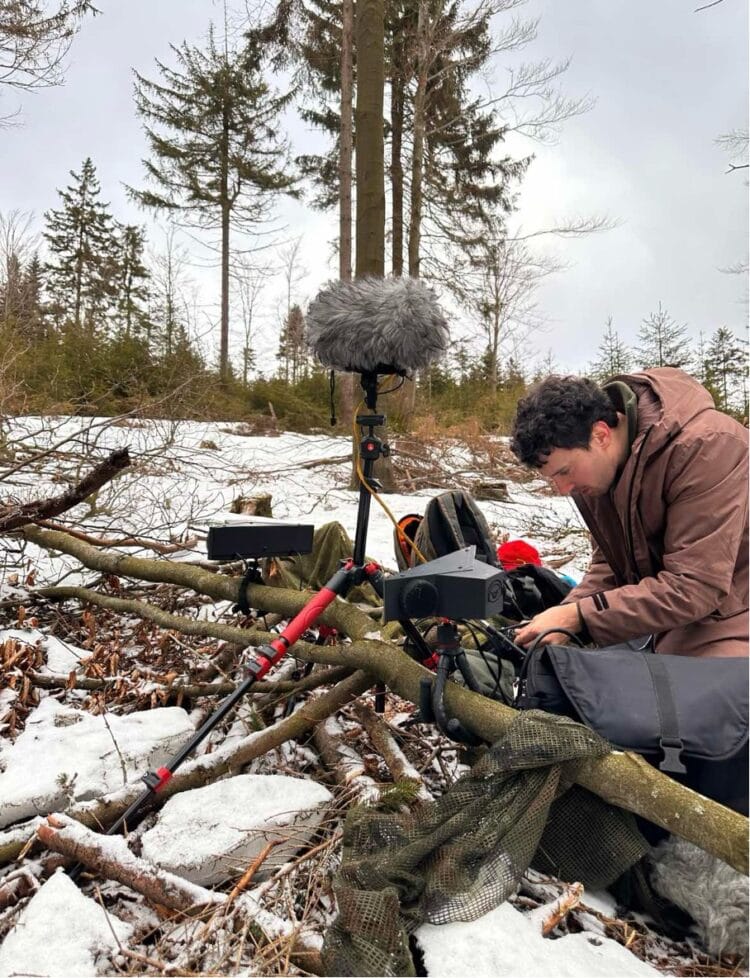
Philip Mill
Philip Mill: Wildlife sound recordist and nature enthusiast, studied in London, UK, currently practicing with a focus on trying to capture detailed and close-up recordings of European Wildlife through sound.
Regularly walking both off and on the trails around mountain trails in Poland, Central Europe, and across Europe, he tries to apply tracking and trailing techniques as well as listening to follow and record wildlife, observing field signs in conjunction with audio recordings to try and best identify the habits and movements of wildlife through the forest.
Tracking and trailing is a large part of what I do and it’s amazing to study the little details of the forest that are often missed, and also listening out for and engaging with wildlife sound in European habitats.
Tracking by Ear: A Winter with the European Wolf
In my presentation, I’ll explore how listening—whether through audio recording technology or with our ears alone—can enhance the practice of tracking and trailing wildlife. My main focus will be on wolves, though I’ll touch briefly on other species to illustrate key ideas and methods.
Before I began studying tracking in depth, my work relied almost entirely on sound. Listening to the environment was my primary method of observing wildlife. Over time, I began to integrate visual tracking, field signs, and trailing to complement my recordings. This combination revealed much about different species—their communication, presence, and movement patterns.
Last winter, in the Owl Mountains of Poland, I tracked wolves primarily by sound, supported by field signs. Listening allowed me to locate rendezvous points, frequently used areas, and even estimate pack size. In spring and summer, when field signs are harder to find, I often rely on sound alone to relocate wolves. On one occasion, following their howls led me to visually spot a wolf after its usual territory had been disturbed by logging.
This long-term listening and tracking approach builds a larger picture of wolf movements and behavior—though it takes months of patient recording and observation.
I’ve also applied similar methods with other species. For instance, I used sound alone to locate Red Deer rutting sites by placing recorders along forest trails, which revealed patterns in their movements and behavior. I’ve also studied beaver communication and the seasonal variations in what can be heard throughout the year, as well as vocal activity in badgers and pine Martens.
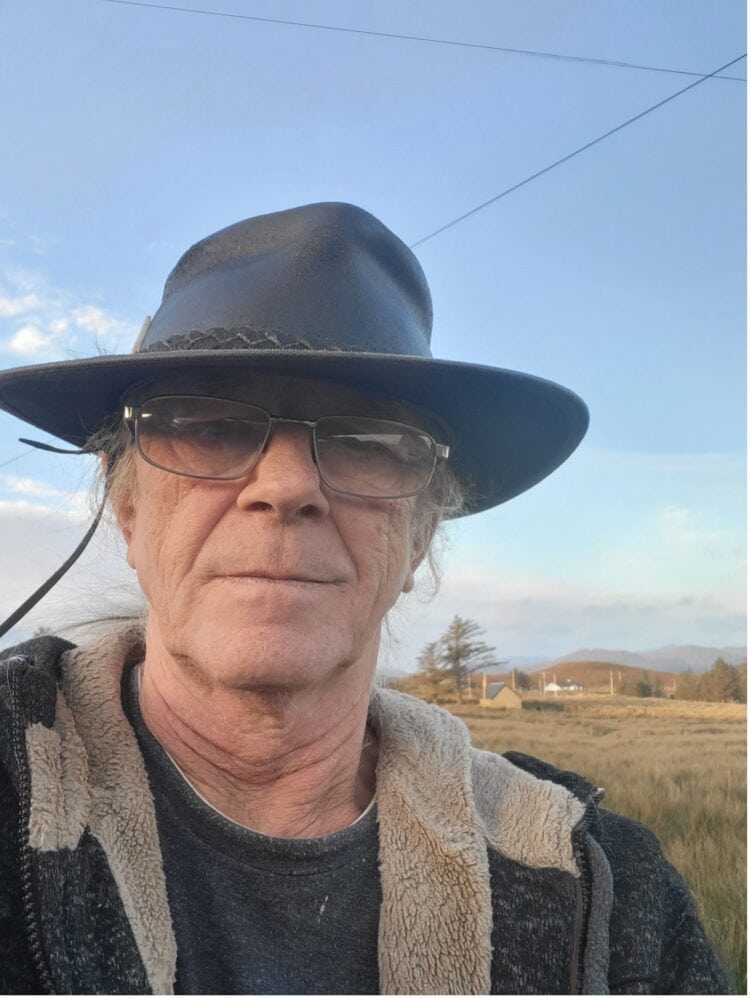
Stuart Keenan
Stuart Keenan has been identifying feathers since he was a kid in the 1970s. 5 years ago I started a FB group Feather ID UK which now has 14, 600 members.
An introduction to identifying feathers
Feather ID can be quite daunting but over the years I have developed a series of 5 questions which, although not a magic formula, it helps a great deal to narrow down the possible species. In the talk I will explain this method, particularly concentrating on what I consider to be the first and most important step.
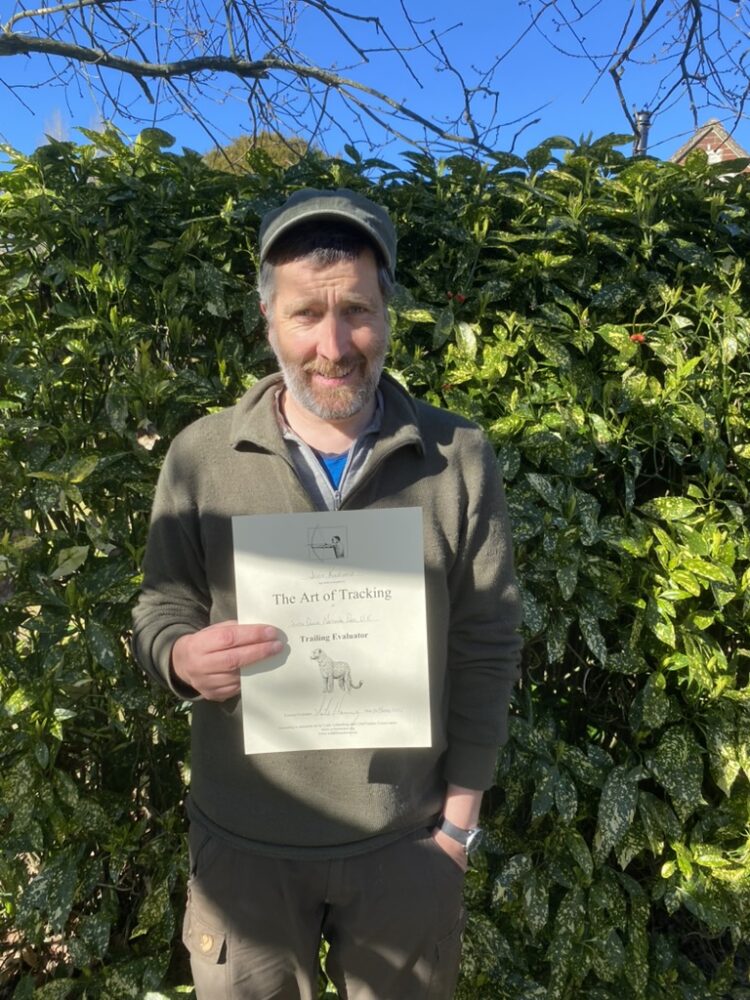
Jörn Kaufhold
Trailing specialist and evaluator
Jörn , Rene and John will be hosting this years event

Rene Nauta
Senior tracker and evaluator
Jörn , Rene and John will be hosting this years event

John Rhyder
Senior tracker and evaluator
Jörn , Rene and John will be hosting this years event
Global Standard in Wildlife Tracking
European Wildlife Tracking is part of the CyberTracker global organisation, which started in Africa to validate trackers & tracking.